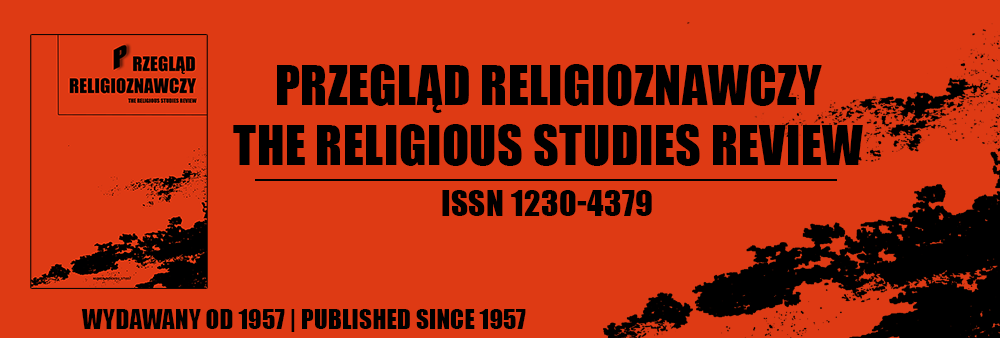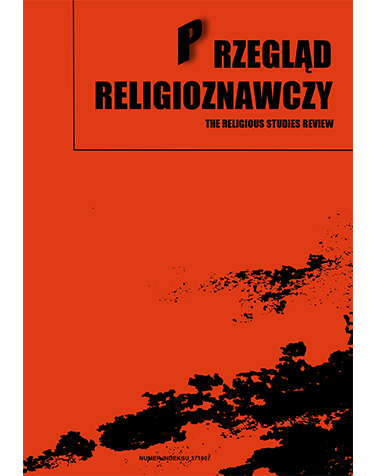Spór buddystów z taoistami w cesarstwie chińskim
DOI:
https://doi.org/10.34813/ptr1.2023.8Słowa kluczowe:
China, Buddhism, Taoism, Buddha, Laozi, Chinese culture, Chinese philosophy, sinology, huahu theory, Huahu jing, Xiaodao lunAbstrakt
The aim of the article is to present and analyze the arguments of the representatives of Buddhism and Taoism, present in the content of two medieval texts. The first is Huahu jing (Huāhujīng 化胡經) or “The Conversion of the Barbarians” from the turn of the 3rd and 4th centuries AD, which presents Buddhism as a tainted version of Taoism intended for Western barbarians and unsuitable for the Chinese. The second analyzed text is Xiaodao lun (Xiaodaolun 笑道論) or “Laughing at the Tao,” a Buddhist response to Huahu jing from the 6th century CE that criticizes Taoist mythology, doctrine, rituals, and religious practices. The analysis of medieval Chinese texts allows us to examine the position and mutual perception of dominant denominations in the Middle Kingdom in the early imperial period. As a result of the research, the relationships between Taoism and Buddhism were recreated.
Pobrania
Opublikowane
Numer
Dział
Licencja
Prawa autorskie (c) 2023 Jakub Kwiatkowski

Utwór dostępny jest na licencji Creative Commons Uznanie autorstwa – Na tych samych warunkach 4.0 Miedzynarodowe.







